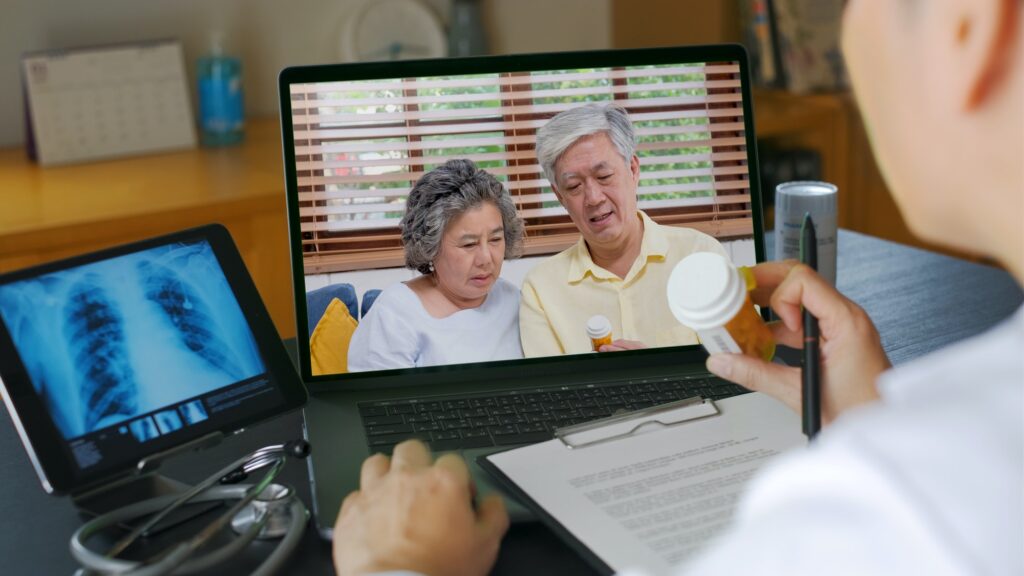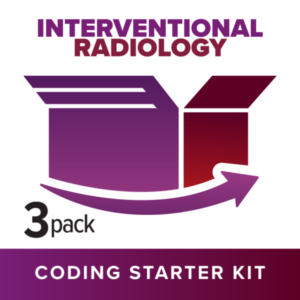
Telehealth is growing in RT, and so are audits and Non-Patient Outcome Spending.
The ongoing (for now, anyhow) Public Health Emergency significantly expanded the role of telehealth. How many of current telehealth practices will remain after the emergency ends remains to be seen, but a few things are certain: telehealth has expanded and is here to stay, and remote visits are going to be the subject of scrutiny in audits for a long while to come.
Certain areas of medicine lend themselves more easily to telehealth, of course. Behavioral therapies, for example, have transitioned readily into call- and video-based sessions. Other areas, such as radiology, are much more limited in what they can offer remotely. The focus there has been on follow-up visits, general consultations, and analysis of static images that do not require the patient to be present. Even then, the results can be of questionable quality, with a 2013 study reporting a 30 percent misdiagnosis of malignant melanomas. Though a study inclusive of more recent technology could improve that statistic, it’s still a concerning number.
Respiratory and pulmonary therapies face many of the same challenges as radiology when it comes to going remote. These services have existed for several years in the remote space, but only since the pandemic boom in telehealth have hospitals begun to see it as a viable method. Additionally, private companies are popping up that hire fully remote RT staff to work in conjunction with hospitals for consulting, remote monitoring, and other services. This shift may point to a larger change in the healthcare industry, with outsourcing steadily on the rise in coding, customer care, and IT.
Though medicine and the way it is practiced and billed has changed a lot in the more than 30 years that MedLearn has been around, our focus has always been on fighting Non-Patient Output Spending (NPOS). In other words, we are dedicated to informing our readers on the best and most up-to-date ways to combat the most common money-draining errors that divert funds from going where they should go, namely to caring for patients. As the world of telehealth grows in specialties such as RT, so does the need for correct coding. Telehealth, after all, has seen a surge not just in availability but also in audits. And outsourced or not, it’s ultimately the hospitals on the line when the audits come.
On our sister site ICD10Monitor, consultant and MedLearn contributor Terry Fletcher talked about the current state of telehealth billing and auditing, citing several areas of concern that could lead to costly mistakes. And as March is Respiratory Therapy Month, we are happy to give you 20% off of our 2022 RT/Pulmonary Function: 3-Part Coding, Billing & Compliance Set, or any of our single products in RT from our team of nationally renowned experts, offering billing tips and insight for respiratory CPT coding. Our “Breathe Easy” offer expires 3/31.





